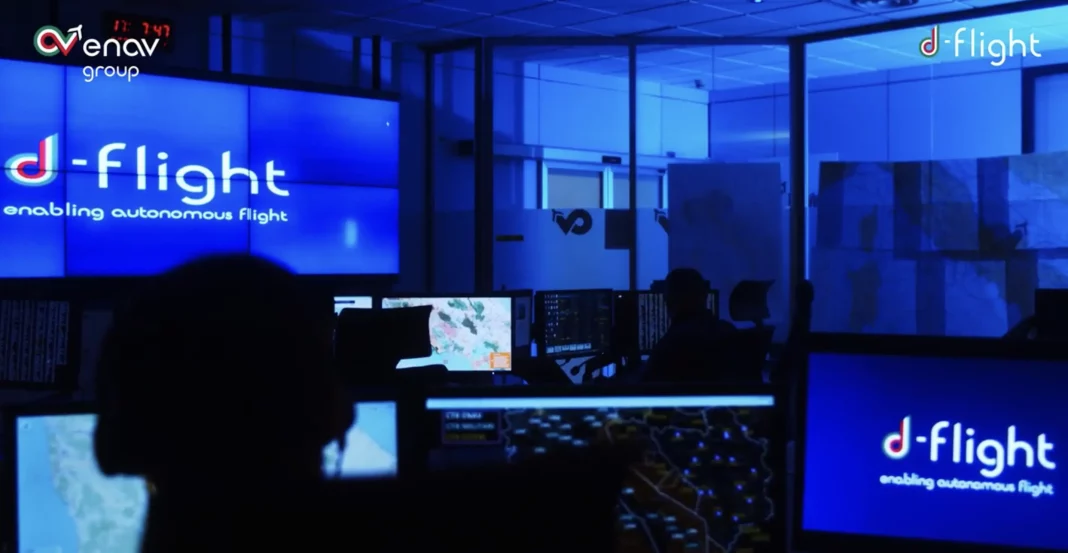By Vincenzo Claudio Piscopo
Italy continues to experiment with drones to transport blood
A few days ago, in the Milan area, blood samples to be analyzed were transported by drone. D-Flight – a company of the ENAV Group (and a subsidiary of Leonardo), Telespazio (which provides services for drone traffic management) and ENAC (Italy’s National Civil Aviation Authority) carried out a series of flights with a specially equipped drone to transfer untested blood samples (dangerous goods) collected at the Opera and Rozzano centers of Cerba HealthCare Italia.
ENAC Director General Alessio Quaranta commented that the Milan trial is the first operational authorization in a specific category issued by ENAC, in accordance with Regulation (EU) No. 2019/947, for the safe transport by drone of biological samples, which the regulations classify as dangerous goods.
ENAC’s goal is for such services to become commonplace as soon as possible, encouraging the creation of a system that works in synergy, as realized between ENAV (Italian National Flight Assistance Board) and D-Flight. Experimentation and coordination with actors in the unmanned world are making the possibility of using drones in various activities more and more concrete, benefiting the sustainability and efficiency of services in Italy.
Maurizio Paggetti, Chief Operating Officer of ENAV and CEO of D-Flight, said that this represents a further step towards the realization in Italy of U-Space, an airspace dedicated to drones. U-Space will enable all types of operations, from the simplest to the most complex. The portion of airspace designated for drones will be up to 400 feet (120 meters) above the ground, with restrictions in some areas. Within this airspace, there are several categories of remotely piloted aircraft authorized to fly, subdivided according to technical specifications by the European regulation issued by the European Union Aviation Safety Agency (EASA). The objective of U-Space is to ensure integration between traditional air traffic and remotely piloted aircraft.
The flights, which took place on Monday, February 27, were conducted in BVLOS (Beyond Visual Line Of Sight) mode, meaning that the pilot had no visual contact with the drone. The aircraft, which took off and landed in a controlled fenced area (3×3 meters), is a hexarotor with a ballistic parachute, a dual communication channel and an EASA-verified flight termination system, weighing 25 kilograms with its load. The flights, carried out by the company Nimbus, which designed and developed the drone and the box for the safe transport of blood for analysis, covered rural and urban areas.
This is not the first time this type of transport has taken place in Italy. In October 2018, ABzero, had delivered blood bags with a drone, via a smart capsule that allowed the transport of blood, blood products and organs by controlling temperature and humidity conditions.
This type of experiment is of paramount importance to significantly reduce the time of blood transport and to evaluate the impact of flight on the red blood cells and platelets transported.



